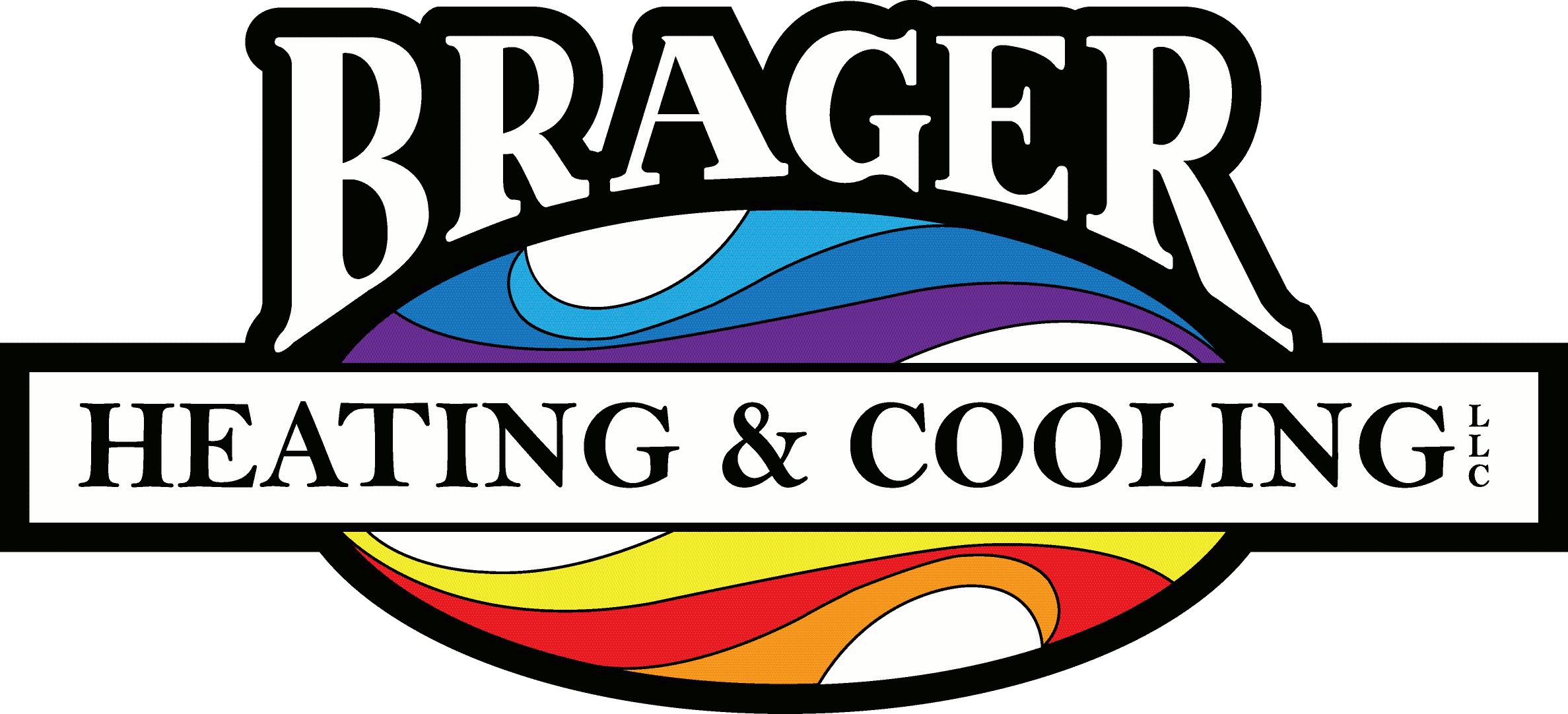Once the weather starts to cool off, you might be thinking about how you’ll prepare your heating and cooling. After all, HVAC bills can make up a big portion of your monthly electric bill. To try and find ways to reduce costs, some owners look closer at their thermostat. Maybe there’s a setting they can use to increase efficiency?
Most thermostats include both a ‘Fan’ or ‘Fan On’ setting. But if the fan is on during a normal cycle, what will the fan setting offer for an HVAC system? This guide will help. We’ll share just what the fan setting is and whether you can use it to cut costs over the summer or winter.
Should I Use My Thermostat’s Fan Setting?
For the bulk of thermostats, the fan setting indicates that the HVAC blower fan remains on. A few furnaces may continue to run at a low level in this setting, but for the most part heating or cooling isn’t being produced. The ‘Auto’ setting, conversely, will run the fan during a heating or cooling cycle and shut it off once the cycle is complete.
There are pros and cons to trying the fan setting on your thermostat, and what’s ideal {will|can|should]] depend on your personal comfort requirements.
Advantages to switching to the Fan/On setting:
- You can keep the temperature in each room more consistent by permitting the fan to keep circulating air.
- Indoor air quality should improve since constant airflow will keep forcing airborne contaminants through the air filter.
- Fewer start-stop cycles for the HVAC fan helps lengthen its life span. Since the air handler is usually connected to the furnace, this means you can prevent the need for furnace repair.
Drawbacks to switching to the Fan/On setting:
- A continuous fan could raise your energy expenses by a small margin.
- Nonstop airflow can clog your air filter in a shorter amount of time, increasing the frequency you should replace it.
Which Setting for My Thermostat? Fan or Auto in Each Season
In the summer, warm air will sometimes persist in unfinished spaces such as the attic or an attached garage. If you keep the fan running, your HVAC system might draw this warm air into the rest of your home, pushing the HVAC system to work more to keep up with the desired temperature. In extreme heat, this could lead to needing AC repair more quickly as wear and tear grows.
The reverse can occur over the winter. Cooler spaces like a basement will hold onto cooler air, which can eventually drift into the rest of your home. Leaving the fan running could pull more cold air upward, increasing the amount of heating you need to remain warm.
If you’re still trying to figure out if you should use the fan/on setting, keep in mind that every home and family’s comfort needs are different. Leaving the HVAC system’s fan on might work for you if:
Someone in your household has allergies. Allergies and other respiratory conditions can be hard on the family. Leaving the fan on can help to improve indoor air quality, helping your family breathe easier.
Your home experiences hot and cold spots. All kinds of homes deal with difficult hot and cold spots that quickly evolve to a temperature different from the rest of the house. The fan setting might help limit these changes by constantly refreshing each room’s supply of air.
